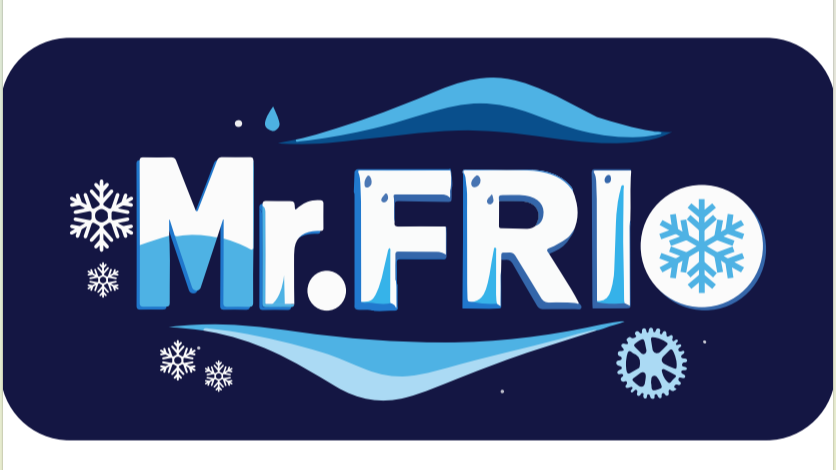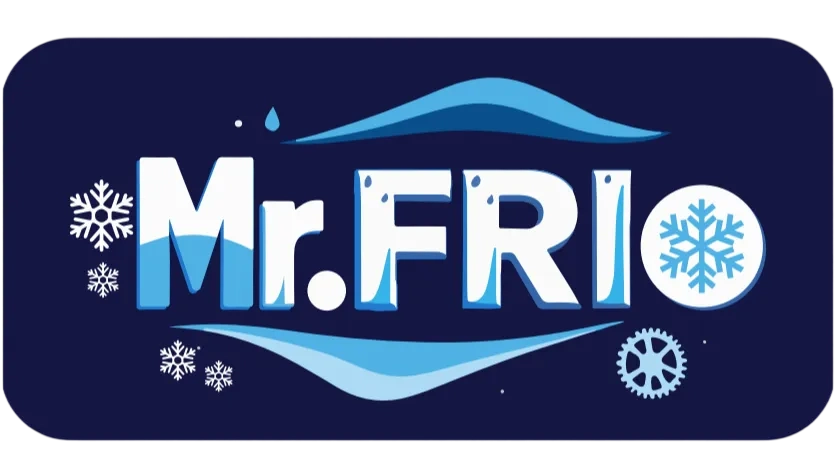Understanding Blast Freezers and Chillers for Small Enterprises
What Are Blast Freezers and Industrial Chillers?
Blast freezers work by blowing cold air around food at high speeds to bring down temperatures fast. Food processors rely on these machines because they lock in quality by freezing items so quickly that big ice crystals don't form inside the cells, which would otherwise ruin texture and nutrition. For companies dealing with fresh fruits and vegetables especially, this quick freeze makes all the difference in keeping their products looking and tasting good. Industrial chillers serve a different purpose altogether though. These bigger systems keep things consistently cool in warehouses and processing plants where large quantities need storage. From dairy products to medications requiring refrigeration, chillers ensure everything stays within safe temperature ranges for days or even weeks without spoilage concerns.
Small businesses really need to consider blast freezers and industrial chillers when it comes to preserving their products. These machines stop food from going bad and actually make things last longer on store shelves. Take a look at companies selling fresh produce or dairy products for instance. Keeping items at proper temperatures isn't just good business practice, it's required by law in many cases too. The bottom line is that without proper cold storage solutions, businesses risk losing customers who expect consistent quality. Plus, managing inventory becomes so much easier when products don't spoil before they can be sold. Many owners find that investing in commercial freezing equipment pays off quickly through reduced waste and better profit margins over time.
Flash Freezers vs. Deep Freezers: Key Differences
Flash freezers and deep freezers belong to different categories of refrigeration equipment, though many people confuse them. Flash freezers excel at fast freezing, which helps maintain food texture and overall quality. When temperatures drop quickly inside these units, big ice crystals don't have time to form, so the food keeps most of its original flavor profile and nutrient content intact. Restaurant kitchens and premium grocery stores rely heavily on this technology when handling sensitive items such as fresh sushi-grade fish or artisanal gelato. The difference in freezing speed makes all the difference in final product quality for these specialty foods.
Deep freezers keep things cold all the time, which makes them great for storing food when someone wants to stockpile for months or even years at a stretch. The main advantage here is that they can hold stuff frozen without it thawing out. For folks trying to pick between flash and deep freezers, looking at how much power each one eats matters a lot. Flash freezers definitely guzzle more electricity because they need to chill products super fast, so restaurants often use them when fresh seafood arrives daily and needs quick preservation. On the other hand, most small businesses find deep freezers work better for regular inventory management since they don't drain the wallet quite so badly month after month. Getting this straight helps companies avoid wasting money on equipment that doesn't fit what they actually need day to day while still keeping an eye on those green initiatives everyone talks about nowadays.
Benefits of Commercial Freezers for Small Businesses
Preserving Food Quality in Restaurant Settings
Restaurant freezers play a big role in keeping food from going bad while still holding onto most of its nutrients. When kitchens have good freezer storage, they can make sure ingredients stay fresh longer so meals taste better and feel right on the plate. Some research points out that methods like quick freezing help preserve around 90 percent of how good the food was originally, something that matters a lot for places wanting to serve great tasting dishes night after night. Good food quality does more than just please customers though it builds repeat business too. People who eat at a place regularly tend to notice when standards drop, so maintaining consistency helps keep those regulars coming back and brings in new ones looking for reliable quality across all menu items.
Cost-Effective Solutions for Frozen Food Storage
Small businesses looking to cut down their expenses might want to consider investing in energy efficient commercial freezers. The right freezer setup can really bring down those monthly electricity bills over time. Some studies point to pretty impressive energy savings when businesses upgrade their equipment. Most companies actually recoup their investment in just a couple of years once they start seeing lower power usage from newer models. Beyond just saving cash, these modern freezers help keep food fresh longer too, which means less wasted stock sitting around. When operators have fewer spoiled items to deal with, they can focus more on managing what they actually need for daily operations. This creates a much healthier bottom line while also doing something good for the planet in the process.
Choosing the Right Equipment: Features to Consider
Size and Capacity for Small-Scale Operations
Getting the right size and capacity for commercial freezers like blast freezers or chillers matters a lot for small businesses. Businesses need to figure out exactly what they need before buying equipment so it can handle their expected inventory without issues. When freezers get overloaded, they work harder, temperatures drop unevenly, and products start spoiling faster than normal. On the flip side, going way overboard on freezer size just burns through electricity bills and leaves valuable floor space unused. Finding that sweet spot where storage meets energy efficiency saves money in the long run and keeps operations running smoothly. Properly sized freezers protect product quality and actually help businesses expand when needed.
Energy Efficiency in Industrial Freezer Models
Industrial freezers that consume less energy are becoming increasingly important for businesses concerned about both environmental impact and bottom line expenses. When shopping around for commercial freezers, most manufacturers prominently display their energy efficiency ratings since this factor heavily influences purchasing decisions for many operators. Freezers labeled as Eco models typically come equipped with better insulation materials and more efficient compressor systems, leading to noticeable reductions in power consumption across months and years of operation. Industry professionals recommend checking for recognized certification marks like Energy Star or local government equivalents, which indicate compliance with established energy performance benchmarks. Switching to these more efficient units helps companies maintain greener operations while simultaneously cutting down on monthly electricity bills associated with keeping large volumes of frozen products at optimal temperatures.
Operational Best Practices for Long-Term Performance
Routine Maintenance for Frozen Food Freezers
Keeping frozen food freezers running smoothly requires regular maintenance over time. Most importantly, folks need to clean those condenser coils and evaporators regularly, check if the door seals are holding tight against air leaks, and make sure temperatures stay consistent throughout the unit. A good preventive maintenance schedule really does prolong freezer life, cutting down on expensive repairs and keeping operations going without interruption. Industry pros generally recommend doing monthly checks as part of normal operations. Looking at what others have found, companies tend to save around 20% on maintenance expenses when they stick to their regular maintenance routines. Makes sense when thinking about how much downtime costs versus spending a little extra on upkeep now.
Optimizing Energy Use in Commercial Chillers
Getting the most out of energy consumption in commercial chillers requires some smart approaches. For starters, adjusting temperatures based on what's actually being stored makes a big difference in how efficiently these systems run. Most perishables need somewhere between 34°F and 40°F, so knowing exactly what goes where matters. Don't forget regular checks on those sensors too - if they drift even slightly, whole batches can spoil or waste power trying to hit impossible targets. Airflow management around the units is another key factor. Give them enough breathing room so hot air can escape properly, otherwise they'll work harder than necessary just to stay cool. Timing matters as well. Running chillers when demand peaks saves money compared to running them all day long. Some facilities schedule maintenance during slower periods so they don't disrupt normal operations. When companies implement these strategies across their freezer operations, they see better equipment performance and significantly lower energy bills without sacrificing product quality.


